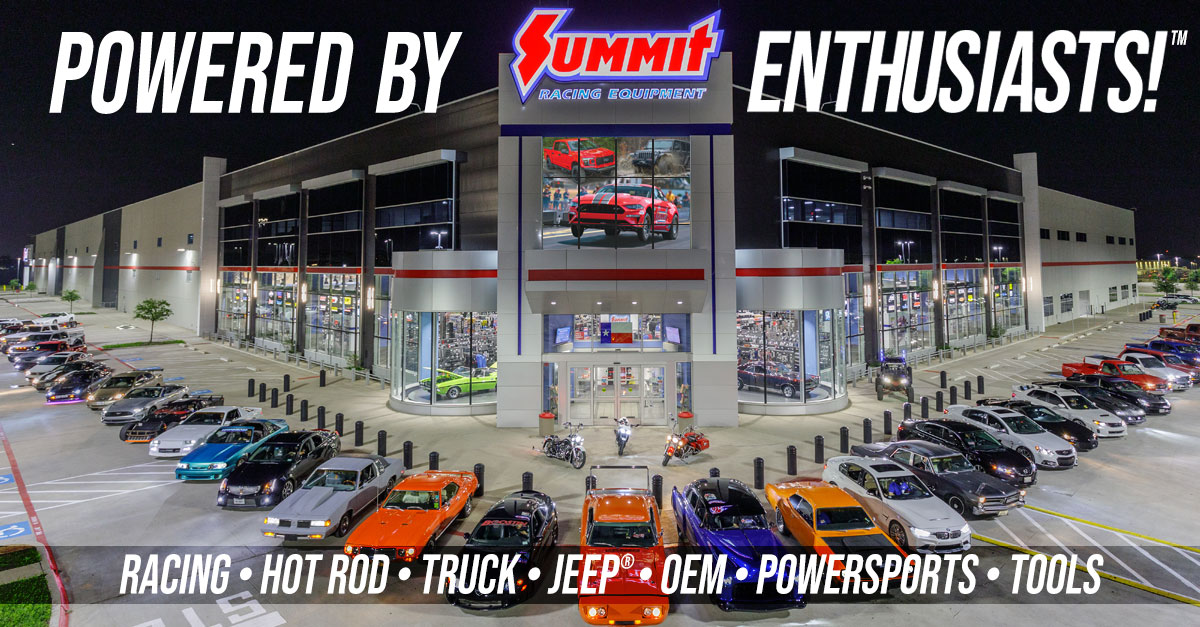Flaring can be tough. I always put together a kit so I don’t have to do any, and if I do it’s just a single. If you use a pipe cutter flaring is less successful, at least in my experience. I always use a skinny cut off wheel.
Well it turns out that I am not immediately brilliant at making flares. I followed the instructions and some videos I watched for the
specific tool that I have. The process was simple enough, but the flare didn't look very good. The inside, where it mates with the seat in the matching fitting, looked fine. The hole was in the center and the cone around the hole looked even and smooth. The outside looked more twisted than pressed.
I thought that I could just practice some, but I didn't know what I could do differently than on the first attempt. It is not likely useful to become very good at making bad fittings. I tried using both a very small pipe cutter and a Dremel with a cut-off wheel, but both turned out the same. It was very hard to get a square-ended cut with the Dremel and it needed allot of cleaning up. I used a very small round riffler file to de-burr the inside and the flat side of a small half-round riffler file to de-burr the outside.
I tried turning the punch allot more slowly and that did improve things some. Thinking about it overnight, I suspected that the twisted appearance was an indication that the punch was binding on the end of the tubing and twisting it, instead of just compressing it. One the next attempt, I used allot more of the die lubricant on the punch and spread it evenly with a small brush. This made a significant improvement, but the flare looked slightly crushed on two sides as the lip was a little taller and flatter on two sides than the other two.
I thought that the crushing may be from the tube cutter working on a soft metal so I tried again with the Dremel. That attempt also looked crushed so it wasn't the cutting procedure. The only other variable I could think of was the tightness of the 10mm bolts that hold the clam shell die holder together. I had them tightened all the way down so that the clam shell was completely closed. In one of the videos I watched, it didn't look like it was tightened that much so I tightened it a bit less leaving a very small gap between the two halves of the die holder. The next fitting turned out looking correct. It was not crushed or twisted. On my next attempt, I will use a torque wrench so I can tell exactly how tight to make the 10mm bolts for best results.
I think that this tool would work better if the end of the punch rotated freely so that the pressing threads could turn while the tip of the punch remained stationary against the end of the tubing. The would eliminate the need for the lubricant and I think give better and more easily reproducible results. If the clam shell is not supposed to be completely closed then there needs to be an easier way to determine when it is closed enough. I actually thought about opening it even more so that the tubing would rotate with the punch as it turned, which would be the same as the end of the punch turning. That would not be practical for long sections of tubing and the die might not be closed enough to give a correct flare so I didn't bother as of yet. I think that this tool may work better on steel tubing that will not be so vulnerable to crushing and twisting. It might be helpful to have a tool that you could jam into the end of the tubing after cutting to make sure it was completely round before flaring.
If anyone has any suggestions about all of this I would appreciate hearing.
LMHmedchem






